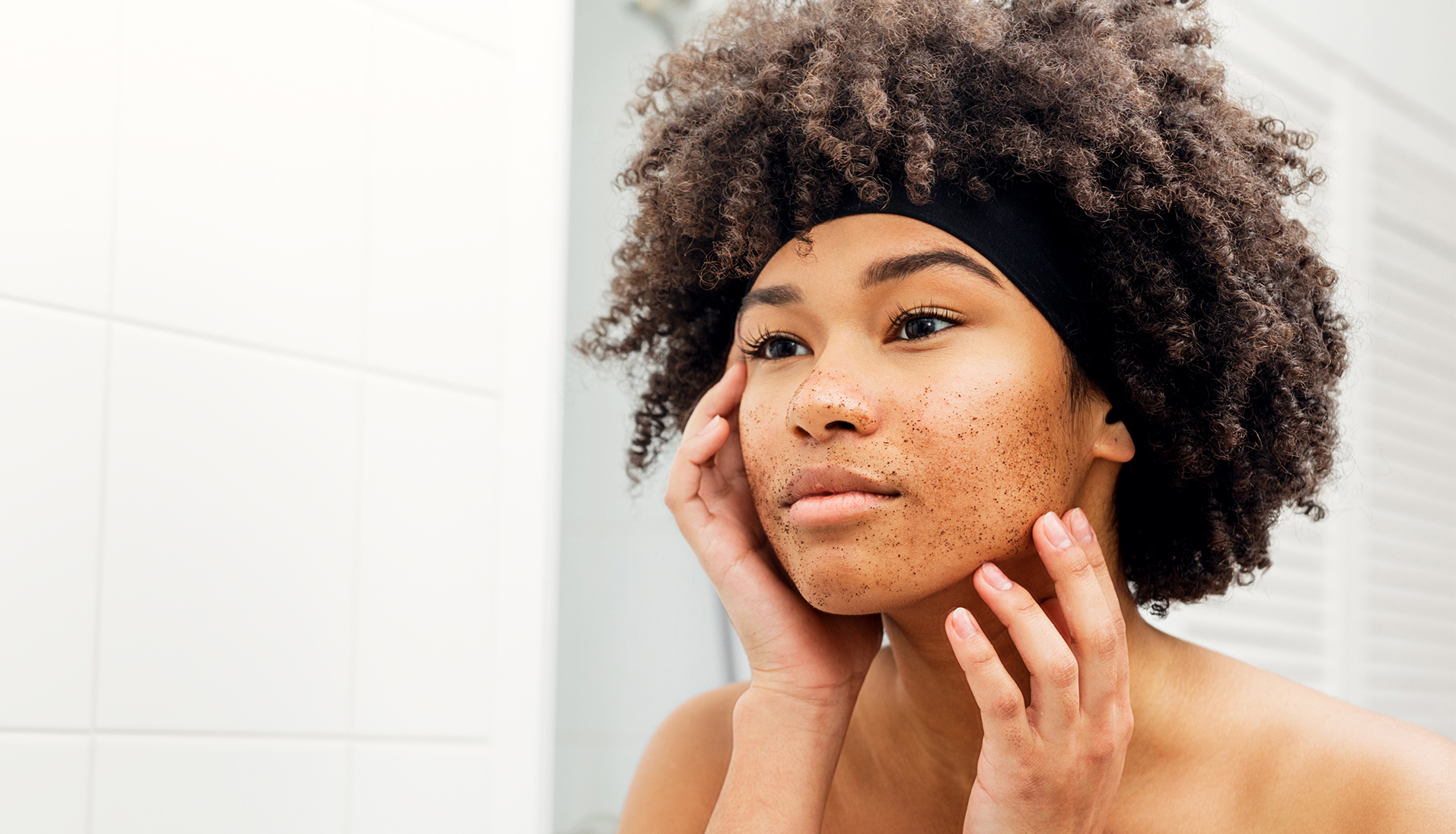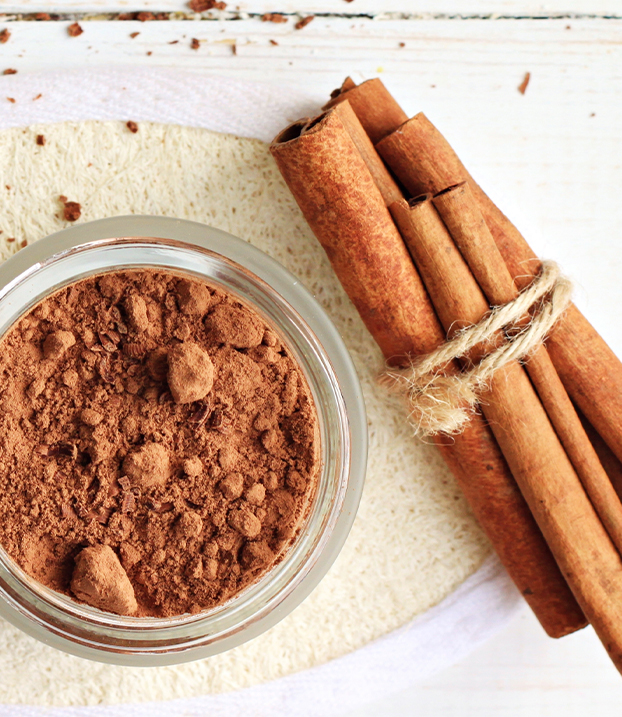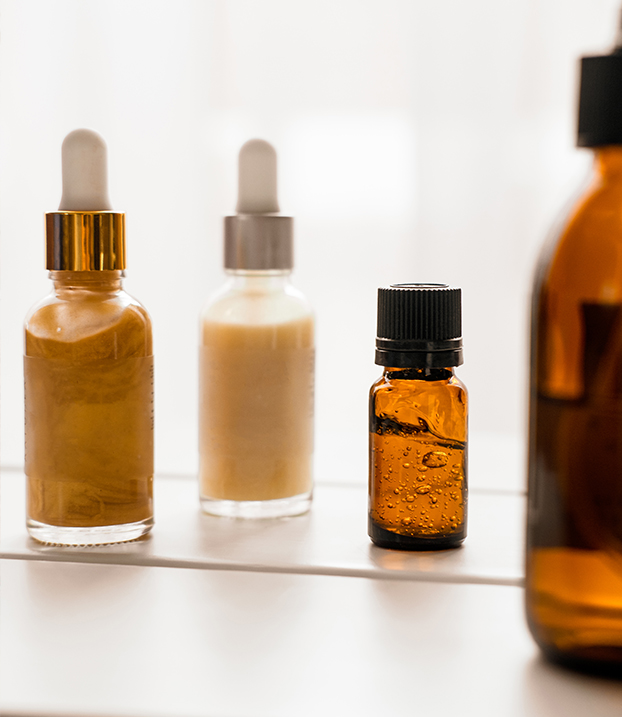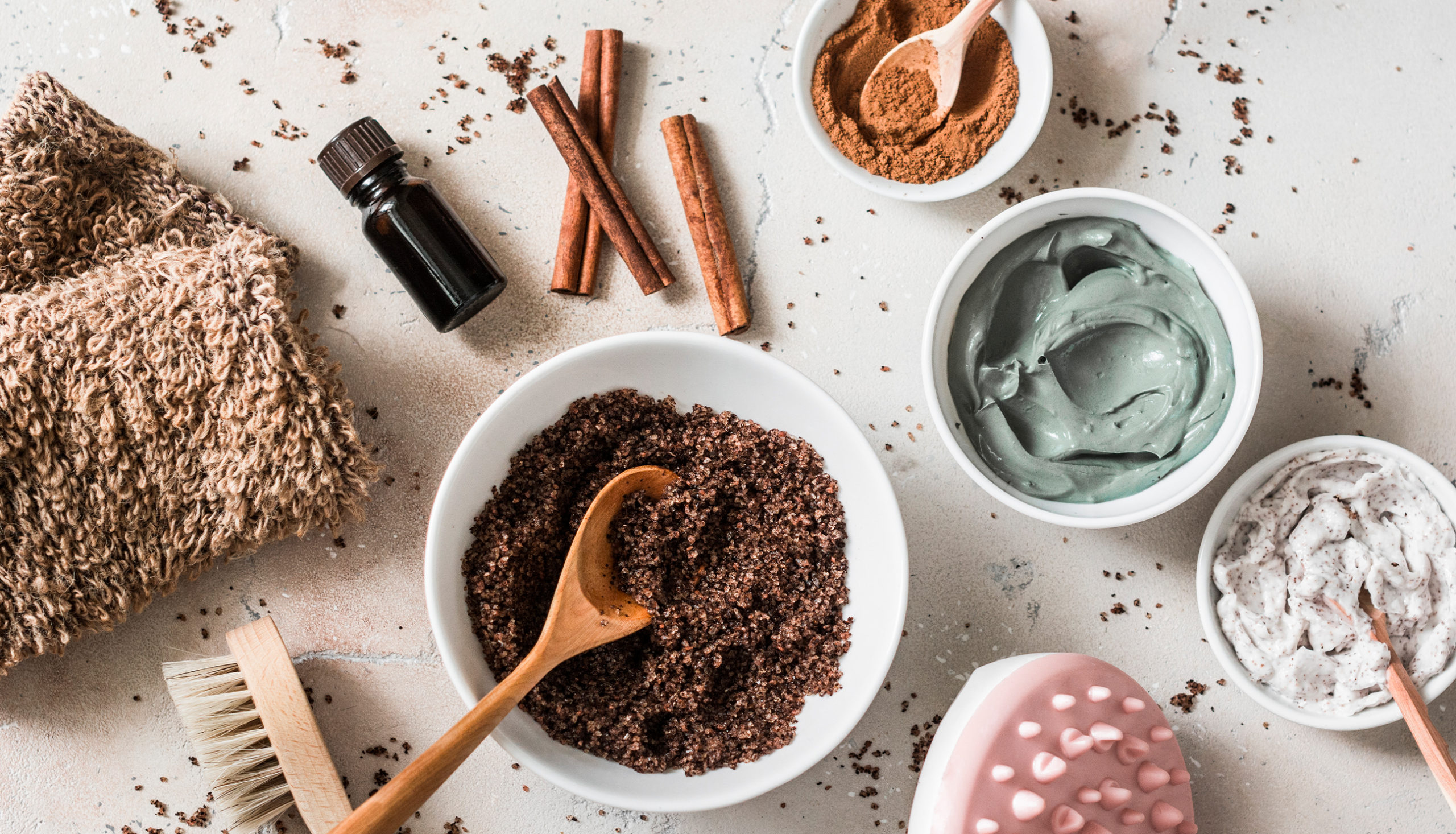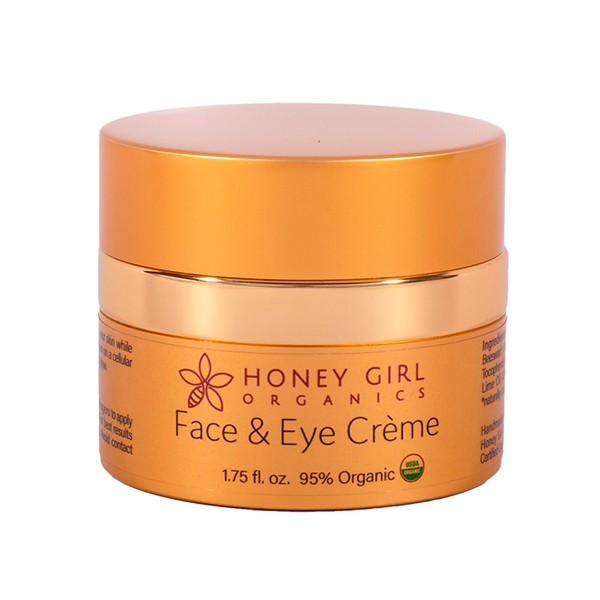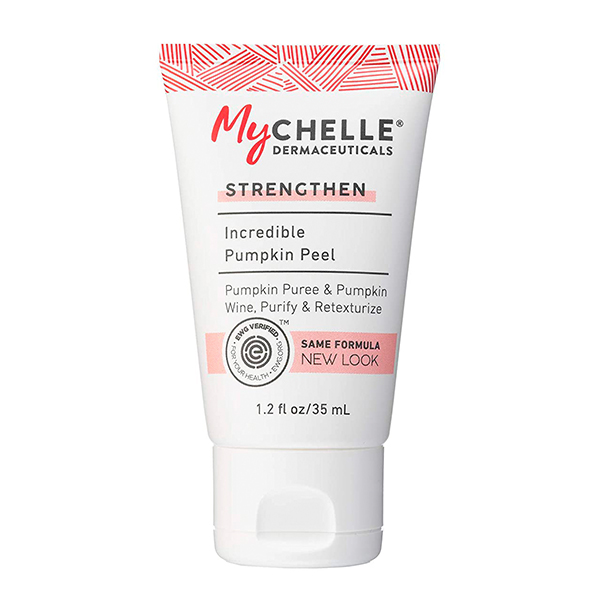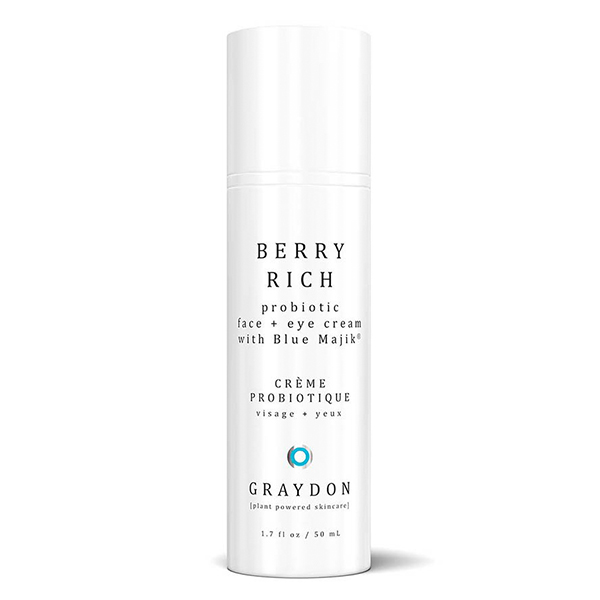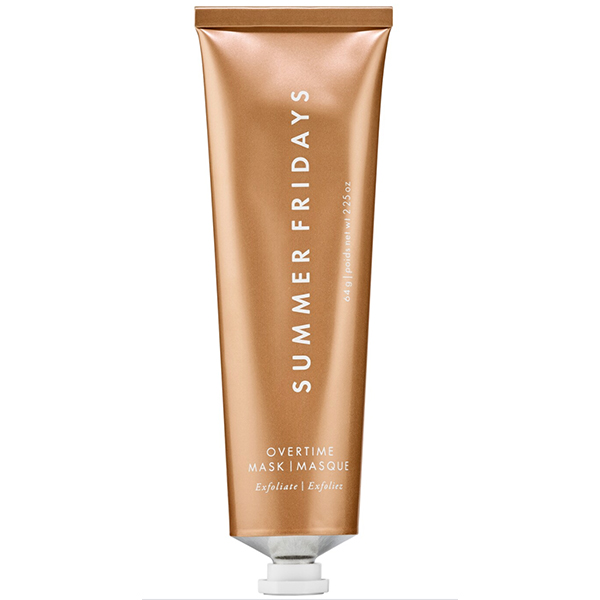What’s the Deal With…Cinnamon?
Ariana DiValentino
Cinnamon: excellent on pastries, toast, coffee, and…your face? Lately, you may have noticed that more and more skincare and cosmetic products rely on this spice rack staple for its purported skin-healing properties. So what’s the deal with cinnamon?
Cinnamon as a skin care ingredient is not a new idea—a search for “cinnamon skin care” will yield lots of results telling you how to make a mask with cinnamon to treat acne or excessively oily skin. In other cases, cinnamon is used to plump up lips or fine lines. Typically, it will be listed as cinnamomum zeylonicus bark extract, cinnamomum cassia oil, or cinnamomum cassia leaf oil in the ingredient list.
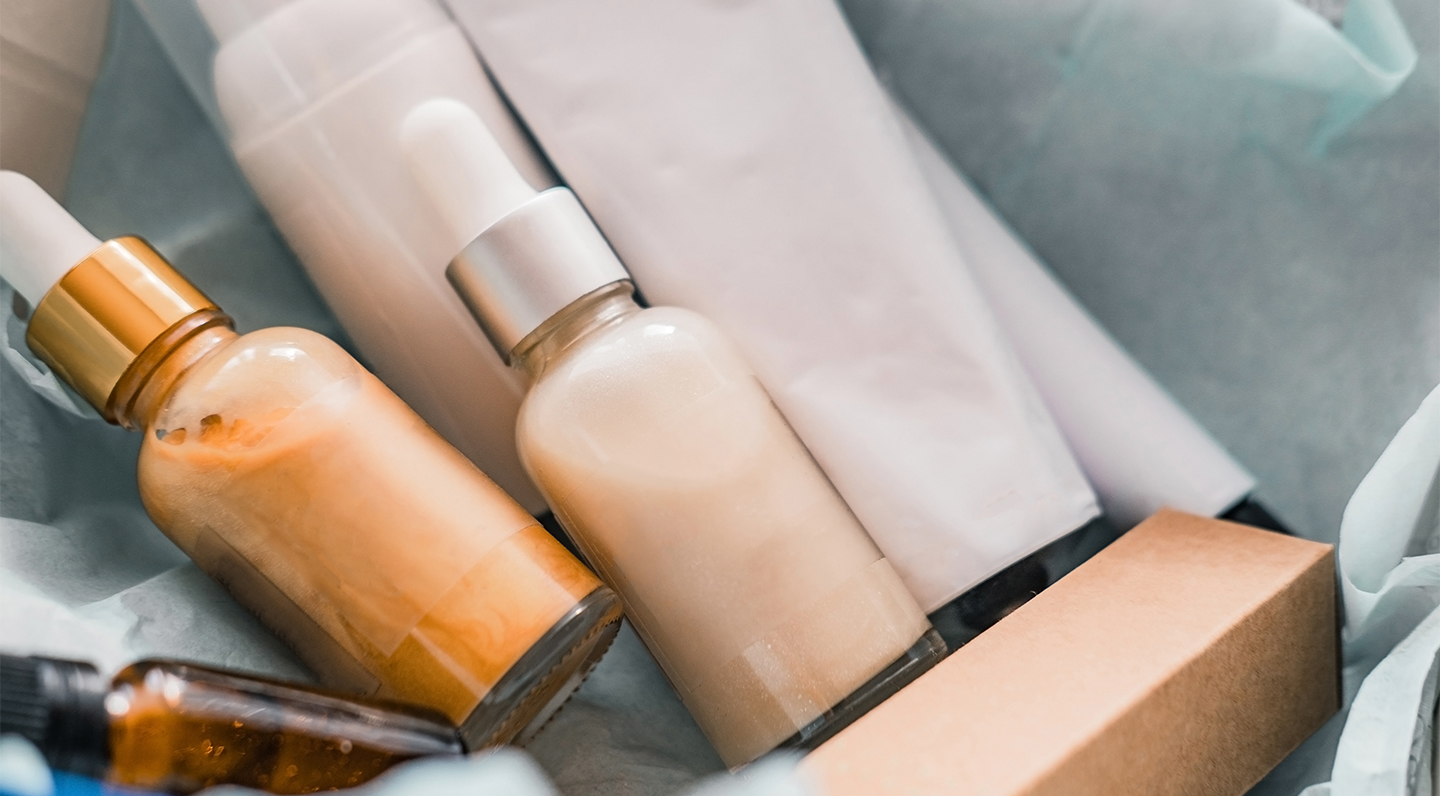
How Cinnamon Benefits Your Skin
As is often the case with alternative medicine, there’s definitely something to it—one review of 70 studies reported that cinnamon has been found to have antimicrobial and antiparasitic properties, in addition to antioxidants and other properties that can benefit human health. Cinnamon bark and leaves have been used in traditional and alternative medicine as a treatment for a whole host of ailments, from reducing blood pressure to serving as an antiseptic.
Cinnamon also has astringent properties thanks to its tannins, the naturally occurring compounds which also give your wine and coffee bitter, complex flavors. As a result, cinnamon’s natural drying effect is part of the reason it’s been used to treat acne-prone and oily skin.
Unfortunately, that’s about all science can tell us for certain at this point. More research needs to be done in order to determine if and how topically applied cinnamon really benefits skin.
…But Cinnamon Isn’t for Everyone
There’s another caveat when it comes to using cinnamon in skincare: cinnamon can be highly irritating to skin, and it’s a common spice allergy. In fact, that’s how plumping products made with cinnamon work—by causing some minor irritation at the surface of your skin, thus drawing blood to that area and having the transient effect of making your lips look fuller or wrinkles less noticeable. (It’s worth noting, however, that most plumping products work this way even if they’re not made with cinnamon. If you’ve ever seen a lip gloss or salve that names cayenne pepper or mint as an active ingredient, it’s the same idea.)
Generally, the use of cinnamon in DIY remedies and folk medicine is considered low risk, except for those with severe allergies. In most cases, the worst you would have to worry about is some temporary discomfort and swelling.
The Bottom Line on Cinnamon in Skincare
Essentially, the standpoint of the scientific community is that cinnamon does certainly have some beneficial properties, and they may or may not work effectively when topically applied to skin, but they’re unlikely to have adverse effects for most people. So if you want to try a cinnamon-based skin treatment, go for it. At your own risk, of course.
As it stands, there’s not enough reliable information to reach a consensus yet between scientists, herbalists, and skincare brands when it comes to cinnamon as a skincare ingredient. Some beauty influencers swear by it; other people have reported sustaining burns from cinnamon or cinnamon oil.
Knowing that cinnamon can be an irritant, those with sensitive skin may want to leave this one in the pantry. We recommend doing a patch test before using any cinnamon solution on your full face. If your skin reacts well, you might then consider experimenting further by applying product to larger areas.
Subscribe to Our Newsletter for More About Cinnamon in Skincare
If you feel like getting your Spice Girl on, make sure you’re subscribed to our Glam newsletter where later this week we’ll be sharing some DIY beauty recipes and products that harness the properties of cinnamon.



